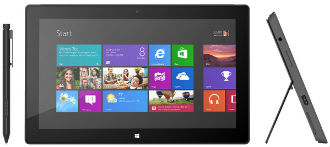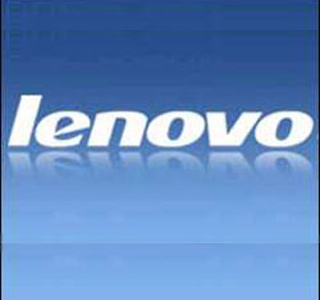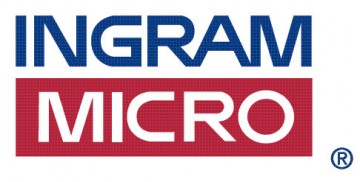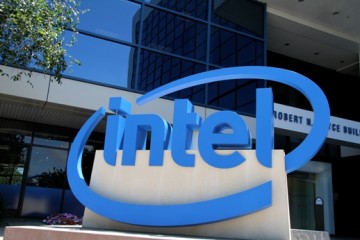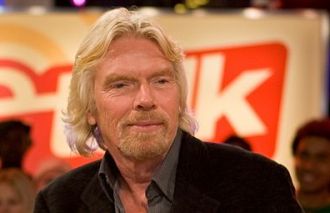 Cutting calorie intake is a good idea, but it appears that mixing diet soda with alcohol might not be the best way of going about it.
Cutting calorie intake is a good idea, but it appears that mixing diet soda with alcohol might not be the best way of going about it.
A new study released in the journal Alcoholism, which we get for obvious reasons, suggests that diet soda can make long drinks quiet a bit more potent. Regular soft drinks stimulate the stomach in much the same way as a meal, but sugar free drinks don’t.
As every teen learns the hard way, having some food in your stomach delays emptying, hence it delays alcohol absorption as well. Since diet beverages don’t trigger the stomach to delay emptying, they allow alcohol to reach the bloodstream more quickly.
“The results were surprising,” Cecile A. Marczinski, assistant professor in the department of psychological science at Northern Kentucky University, told ABC News. “We are talking about significant differences here. (…) Participants who drank diet soda with vodka had blood alcohol contents as high as 18 percent more than when sugar-containing mixers were used.”
Petros Levounis, director of the Addiction Institute of New York, pointed out that southern European countries have lower rates of alcoholism in spite of increased alcohol intake for similar reasons.
“They always drink while eating,” he said.
However, based on our extensive experience and field trials, we can offer an alternative explanation – people in southern European countries tend to lie more. Just ask Greek creditors.
Marczinski argued that the choice of mixer can make a significant difference and that mixing diet soda with spirits could potentially have harmful consequences.
“In the long run, it’s more harmful for your body to be exposed to a higher alcohol concentration than a few extra calories,” she said.
However, the jury is still out on Marczinski’s findings. Boris Tabakoff, a professor of pharmacology at the University of Colorado School of Medicine, said the study involved subjects drinking three to four drinks over a five-minute period.
“Few if any bars will serve you a drink that strong,” he said. “If you want to chug your alcohol to the point of consuming the equivalent of three to four drinks in five minutes, you should not worry about calories.”
He added that alcohol is packed with calories, so calorie-conscious drinkers would be better off limiting their alcohol intake than choosing sugar-free coke or Perrier with their whisky.
